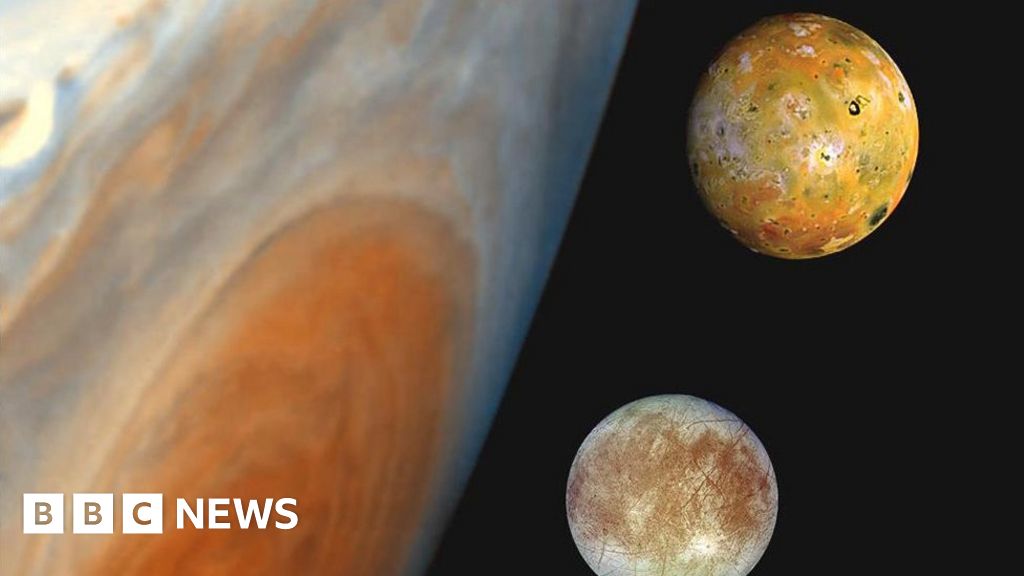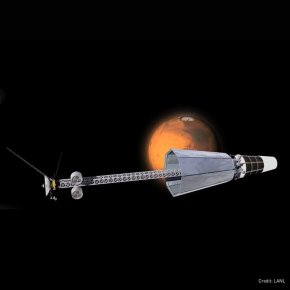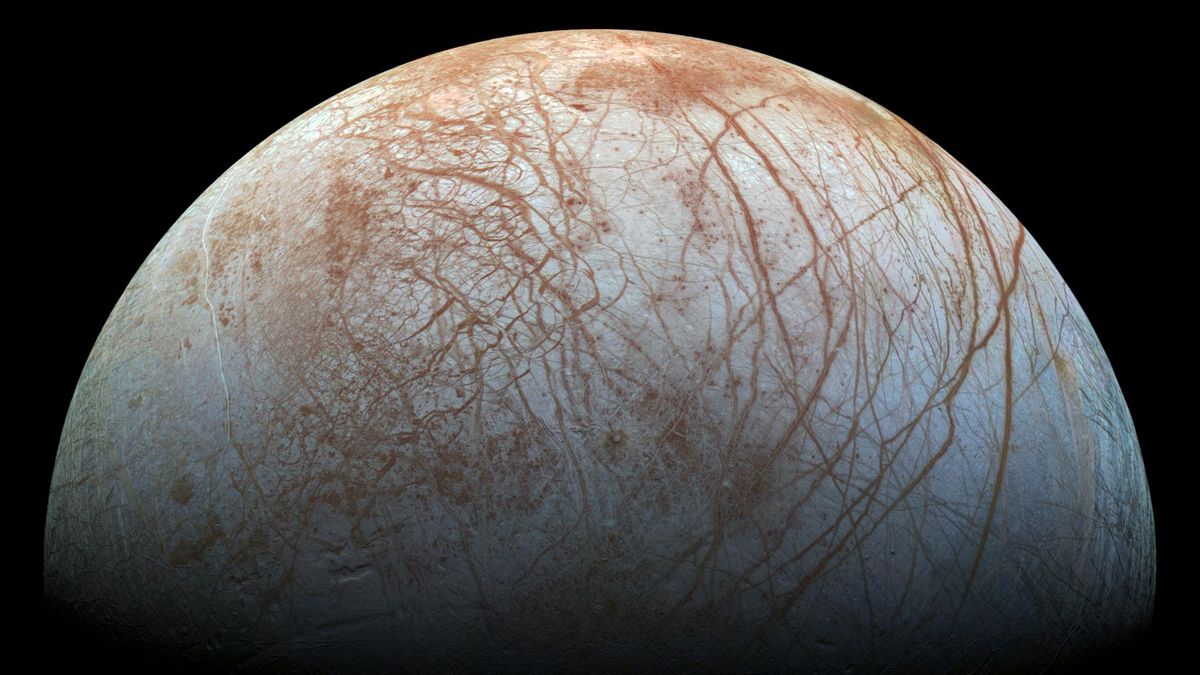Sandhi Yudha
Well-Known Member
Juno is a NASA space probe orbiting the planet Jupiter. It was built by Lockheed Martin and is operated by NASA's Jet Propulsion Laboratory to scientifically research Jupiter and its moons. It was launched in August 2011 and entered a polar orbit around Jupiter in July 2016.
NASA’s Juno spacecraft performed a close flyby of Jupiter’s icy moon Europa some days ago on 29 September 2022. The spacecraft came within 538 km, taking some of the highest-resolution images yet of portions of Europa’s surface.

 nos.nl
nos.nl
Juno will be just a bit more distant than the Galileo spacecraft’s closest approach to the moon (351 km) on 3 January 2000. In 2021, Juno came within 645 miles of Ganymede, and in 2023 and 2024 Juno will have close flybys of Io. The closest Juno will get to Io is about 1500 km.
Besides taking high-resolution images, Juno also collected data on the moon’s interior, surface composition and ionosphere. Plus, it recorded Europa’s interaction with Jupiter’s magnetosphere, all of which will be useful in the upcoming Europa Clipper mission, set to launch in 2024.

 www.jpl.nasa.gov
www.jpl.nasa.gov
NASA’s Juno spacecraft performed a close flyby of Jupiter’s icy moon Europa some days ago on 29 September 2022. The spacecraft came within 538 km, taking some of the highest-resolution images yet of portions of Europa’s surface.

Haarscherpe close-ups van oceaanmaan Europa, de eerste in 22 jaar
NASA-sonde Juno scheerde op 352 kilometer langs de maan, die onder een dikke ijslaag oceanen herbergt.
Juno will be just a bit more distant than the Galileo spacecraft’s closest approach to the moon (351 km) on 3 January 2000. In 2021, Juno came within 645 miles of Ganymede, and in 2023 and 2024 Juno will have close flybys of Io. The closest Juno will get to Io is about 1500 km.
Besides taking high-resolution images, Juno also collected data on the moon’s interior, surface composition and ionosphere. Plus, it recorded Europa’s interaction with Jupiter’s magnetosphere, all of which will be useful in the upcoming Europa Clipper mission, set to launch in 2024.

NASA’s Juno Shares First Image From Flyby of Jupiter’s Moon Europa
Observations from the spacecraft’s pass of the moon provided the first close-up in over two decades of this ocean world, resulting in remarkable imagery and unique science.
Last edited:




